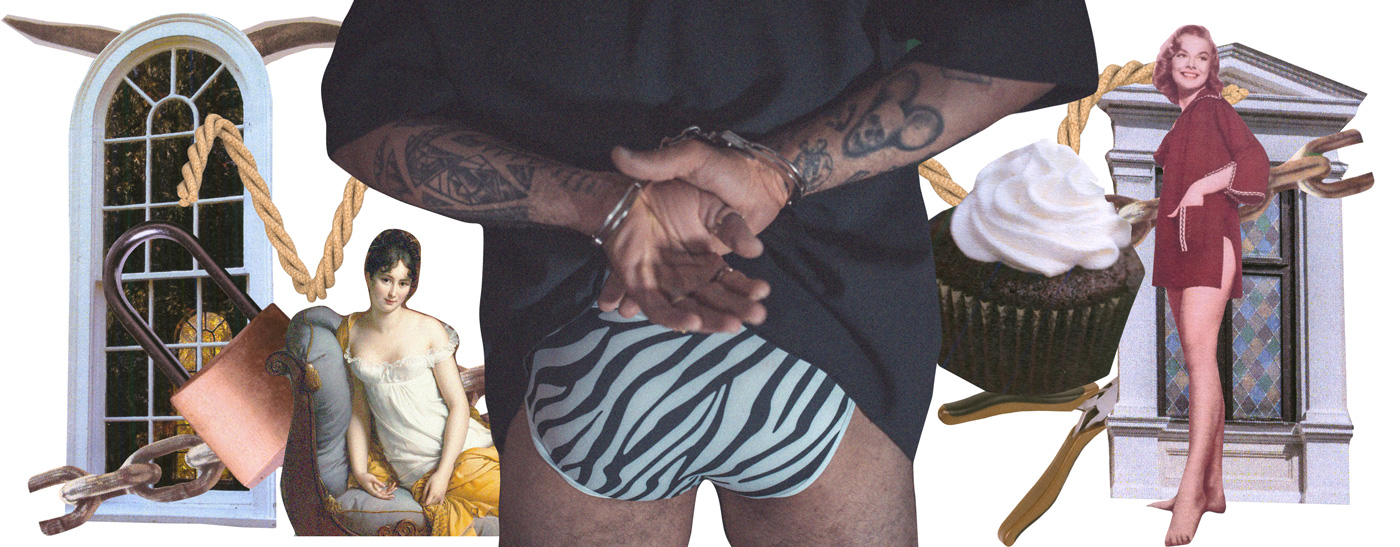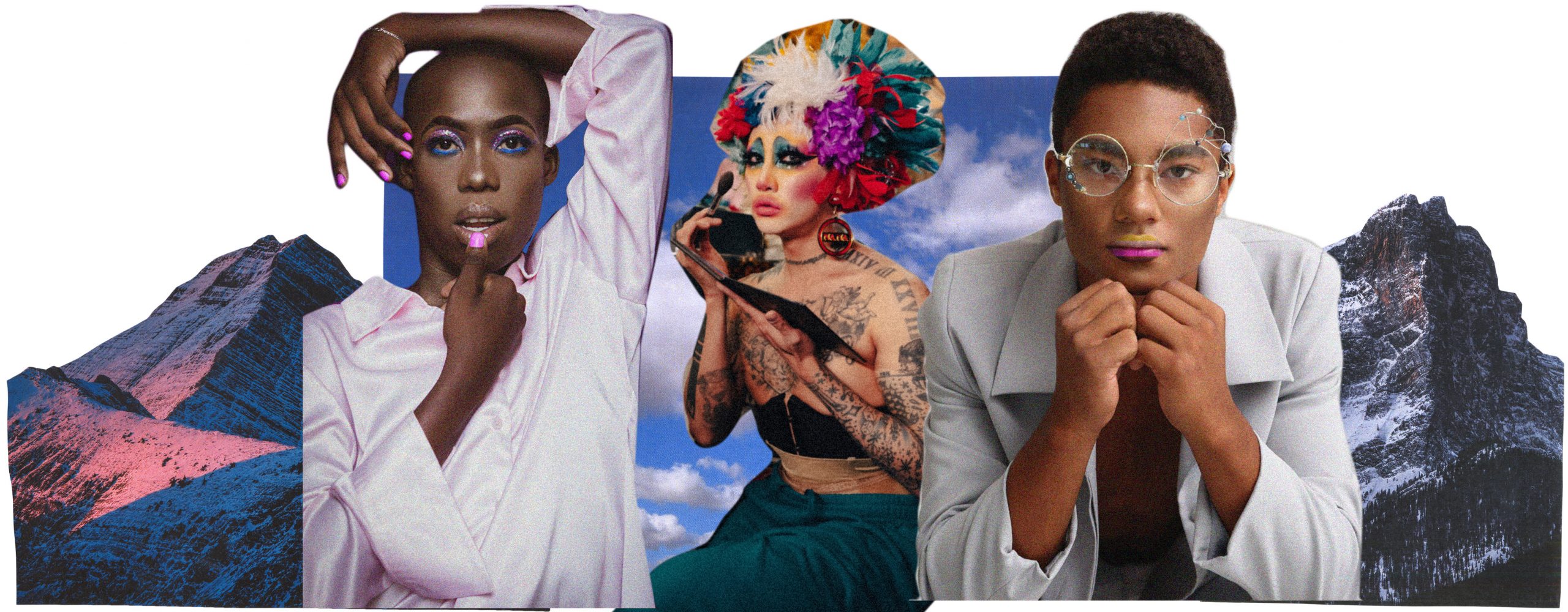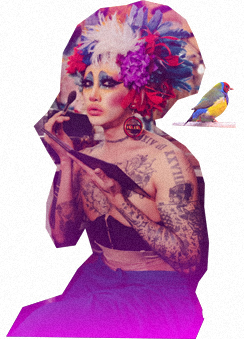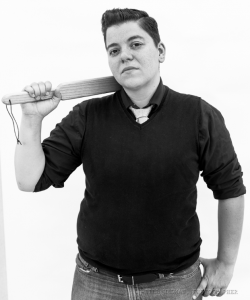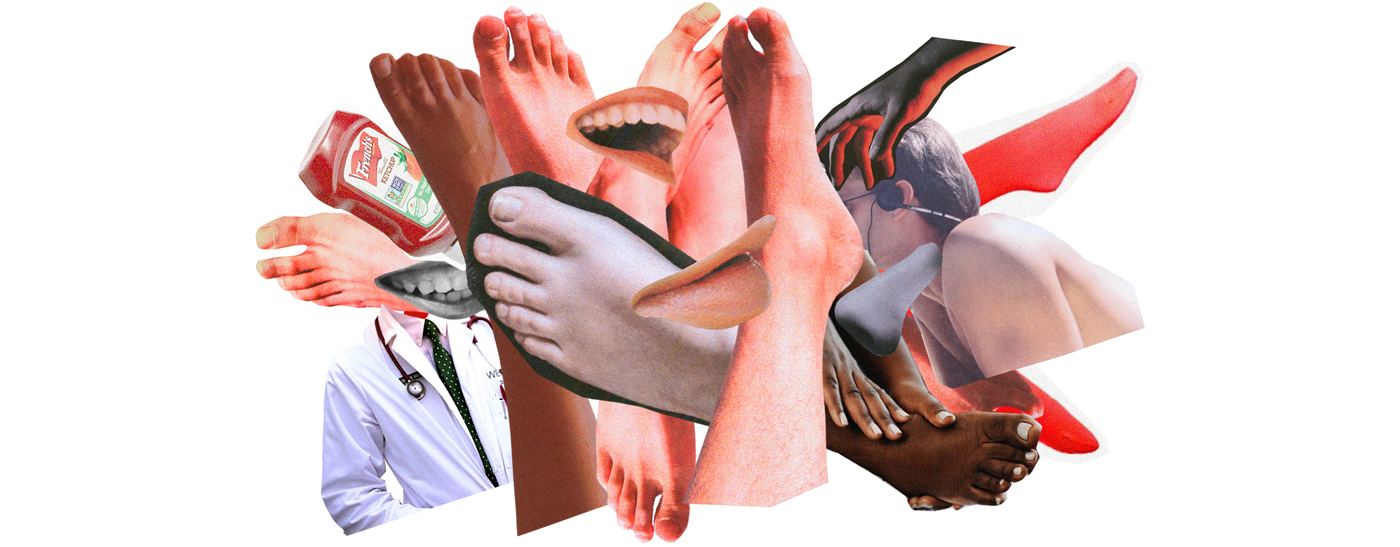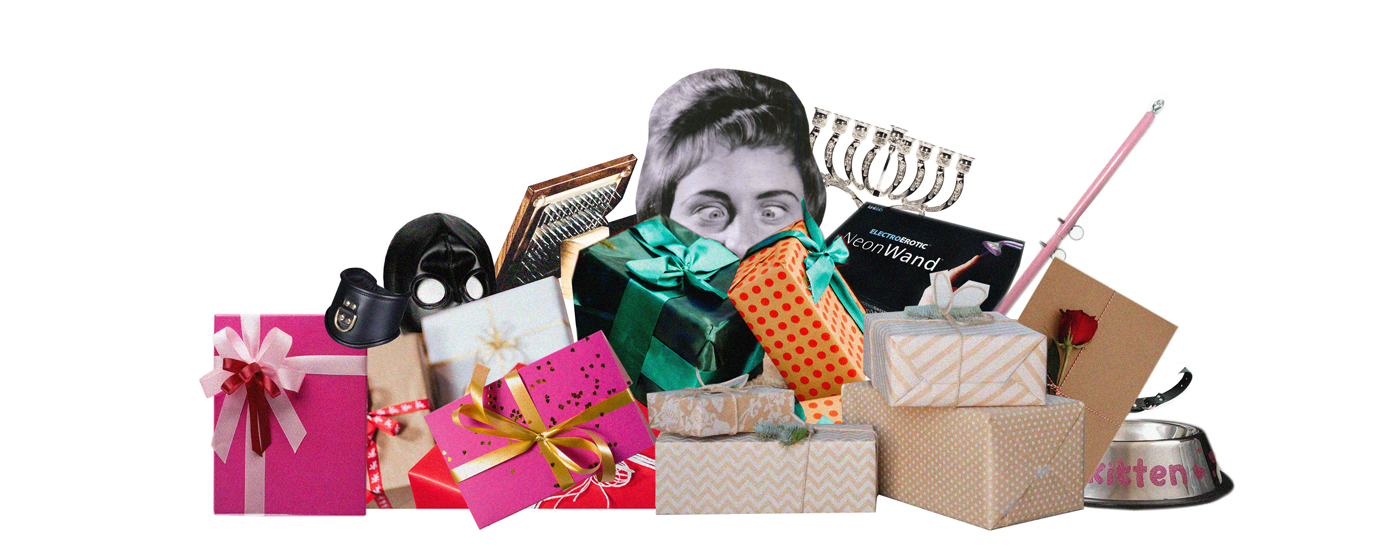So you’re a nonbinary person — and you’re kinky! Fantastic. The kinky world of pleasure, sensation, trust, intimacy, and intensity is open to you. Often, there are a lot of expectations for what kind of kink men are into, and what kind of kink women are into (these are stereotypes, and often incorrect). In my experience, nonbinary people have an easier time deconstructing the expectations of the binary gender roles and diving in to really discover what it is they particularly like. You don’t have to subscribe to any of the gender role expectations of what kind of kink men and women “should” enjoy — and this gives you a leg up.
You get to make your own treasure map. You get to make your own path.
What’s that? Oh, you’re tired of making your own path in all the aspects of your life? I certainly understand that. As a nonbinary trans masc person myself, who has been out as butch and out as kinky for more than twenty years, I have had to forge my way through multiple communities — including queer, kink, and writing communities. I’ve carved so many paths for myself that my machete is dull and I have some wicked tennis elbow from having to create a trail through the high, thick brush where no trail was previously.
It is hard to find acceptance and community as a nonbinary person navigating the kink communities. (Side note — I always say “the kink communities” instead of “the kink community” because there are many, many kink communities, and there is not only one. There are even different communities in the same city!) Especially from the outside, kink communities look as though they are dominated by heterosexual and cisgender folks. If you are lucky enough to have kink events in your town through a local club, leather bar, or education-focused kink organization, unless it is explicitly queer and explicitly for people of color, it is probably going to default to hetero, cis, white folks.
Don’t worry, though. There are lots of resources out there for nonbinary, queer, and BIPOC folks in kink. (I’ll get to that in a minute.)
And don’t forget, the kink and BDSM communities were founded on queer sex and desire and by gay men and dykes, radical misfits, trans folks, people of color, and people who wanted to explore the limits and pleasures of the body. As kink has become more and more mainstream, queer, trans, and nonbinary people within the kink community might seem less common, but we aren’t — we have always been here, and we will always be here. In fact, we are the ones who have been holding the pillars of the kink communities all along.
So even though the kink communities you’ve tapped into might be predominantly hetero, white, cis, and affluent, there are many, many pockets of kink that center queers, people of color, nonbinary and trans folks, and DIY crafters.
Personally, my kink life has always been centered in queerness and gender radicalism. I came into kink in the late 1990s, and it was a very different world then, with the internet only just beginning and kink still deeply stigmatized. (It still is, of course, in many ways, but there is a lot more mainstream acceptance for it now.) The first kink events I ever went to were explicitly queer and kinky, and the first mentors and friends I had in kink were queer femmes, trans guys, butches, and gay men.
So while I didn’t have to navigate my way through a crowded hetero-dominated kink event at the beginning, I certainly have had to make my way through it as general kink events have become full of more and more heterosexual people.
Figuring out that you are kinky (or nonbinary, or many other things that we often are denied as we’re younger and discover as we forge our own options) often takes time and effort. You may have felt, like I did, that becoming part of the kink community was an incredible feeling of liberation — that the kink communities were a safe space to express all kinds of desires for behavior (sometimes labeled “deviant” or “perverted”), and that you finally had friends, acquaintances, mentors, and classes you could attend to learn more about your desires.
The kink communities can really feel like a miraculous place that way! And, even though there is liberation and exaltation in claiming, unapologetically, a kink identity, the kink communities are still a microcosm of the larger culture. There is still rampant racism, sexism, transphobia, homophobia, classism, ableism, and all the other aspects of oppression and marginalization inside of the kink communities — just like there is in the overculture.
Even though the kink communities look as though they are very normative from the outside, there are many, many people doing incredible organizing for trans, nonbinary, queer folks, and people of color.
You can still find wonderful acceptance and place within kink.
Finding in-person community is harder since the pandemic. There are many folks who are high risk and immunocompromised, and kink events have varying COVID protocol policies. Make sure you check the location, whether it’s indoors or outdoors, and what the testing and masking requirements are before you go, to assure that you know the risks you’re taking.
There are kink events happening in person — I’ve seen a rise of them in the spring and summer 2022. Some conferences are back in person, and some play parties, munches, socials, and bar nights are either happening again or never stopped.
But regardless of whether you find kink community online, connect with a few folks on your own, or connect with a local or national (or international!) community, you, as a nonbinary person, deserve a place in the kink community. You might have to work to find it, but it’s there, and you might be surprised at how wonderful it is to have a group of kinky, queer, nonbinary folks who you know and trust to do beautiful and rough things to each other.
Here are some tips for nonbinary folks navigating BDSM community. To find your people within kink:
